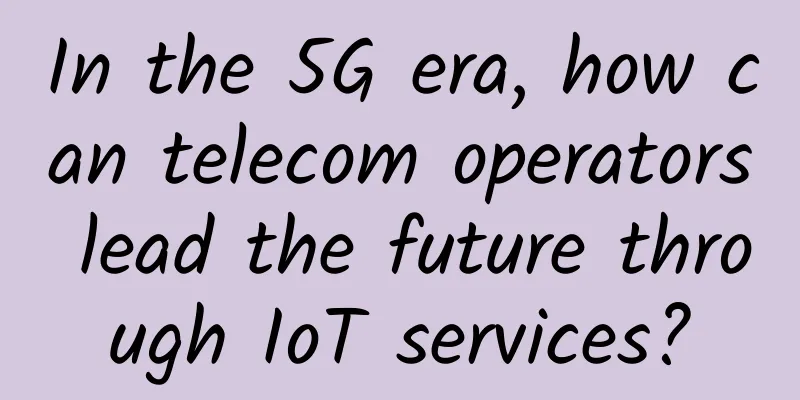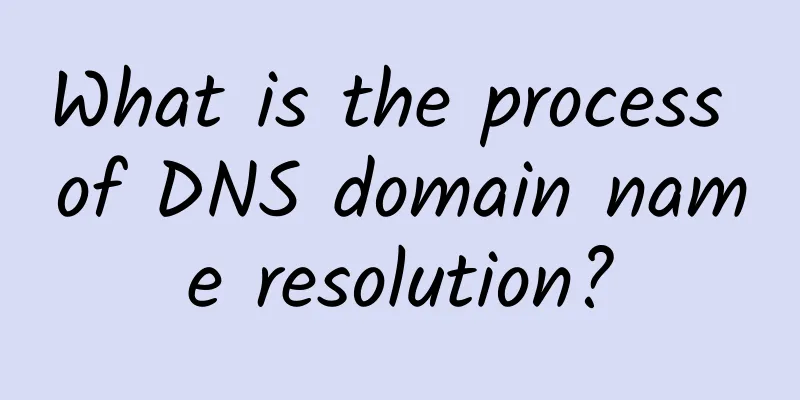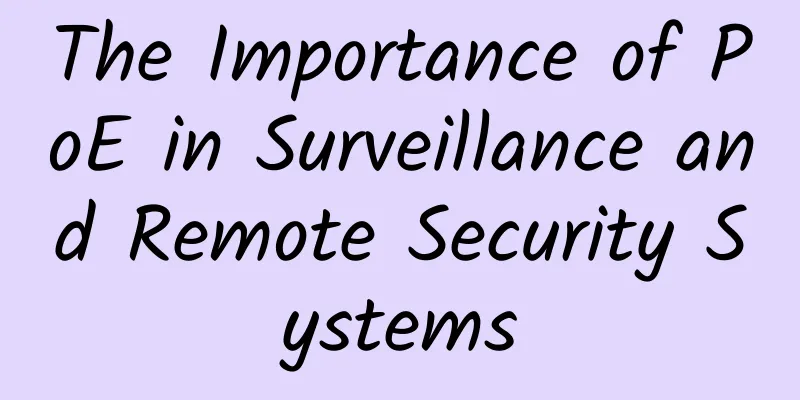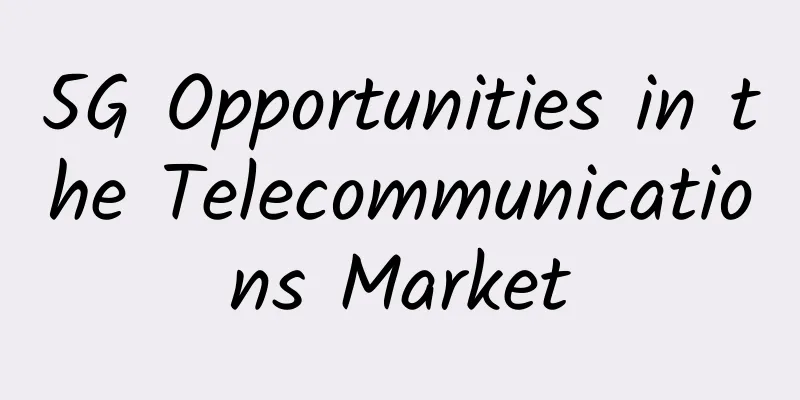The base station power consumption is too high and the charges are 9 times higher than 4G. Are the operators facing a big problem this time?

|
Previously, China Unicom officially announced that it would adopt a new method to save power consumption of 5G base stations, that is, to put 5G base stations into hibernation in different time periods. China Unicom will intelligently shut down 5G base stations according to the actual 5G base station load conditions during the daily time period (21:00-9:00 the next day). This incident has sparked heated discussions on the Internet. The root cause of this situation is that 5G technology is not mature at this stage. China Unicom can only do this under this environment. It can be said that China Unicom's approach is to struggle helplessly under the circumstances of immature technology and irrational investment. In practice, the application and promotion of 5G are completely different from what some companies promote. 5G has no killer applications at all. Wang Jianzhou, the former chairman of China Mobile, said, "The main application of people using 5G mobile phones now is to test network speed." The 5G applications advocated by many media are simply illusions. As for the so-called 5G high network speed, 4G carrier aggregation can reach the level of 1Gbps. China Unicom has measured a network speed of 1.2Ggbps in Xiongan, and the actual measured results of 5G do not exceed this range. South Korea is the first country in the world to deploy 5G. According to South Korea's test results, LG U+'s 5G network download speed can only reach a maximum of 237.2Mbps, SK Telecom, which has the largest number of 5G users, is 220.4Mbps, and KT's 5G speed is only 214.8Mbps. The test data of the Ministry of Science and Technology and ICT of South Korea shows that the average download speed is 656.56Mbps and the upload speed is 64.16Mbps. In comparison, the actual download speed of 4G in South Korea is 158.53 Mbps. From the data, the speed of 5G in South Korea is only 1.5 to 4 times that of 4G, which is a big gap from the advertised speed of more than 10 times. Some users believe that South Korean operators are suspected of false advertising. From the user experience point of view, it is difficult to show a significant difference between the 4G 158.53 Mbps speed and the 214.8 Mbps to 656.56Mbps speed in daily use. The test results of netizens in Hong Kong Mobile were similar. The actual measured 4G network speed was 219Mbps for download and 58.6Mbps for upload. The lowest 5G network speed was 242Mbps for download and 37.9Mbps for upload. The highest network speed was 401Mbps for download and 44.1Mbps for upload. As for the 5G telemedicine, smart factories, and driverless driving scenarios touted by the media, the current commercial prospects are not clear. Telemedicine and driverless driving are not yet mature, and 5G for industrial applications is by no means the best choice. For industrial applications, stability is always the most important. Industrial-grade applications cannot tolerate signal interruptions and poor quality. The power consumption of a 5G base station is about three times that of a 4G base station, and the coverage range is 100 to 300 meters. Usually, one base station has to be built every 200 meters, and this does not take into account indoor coverage. One 5G base station can buy three 4G base stations, and this does not take into account the cost of SA wiring and power transformation. From an economic perspective, operators need to pay at least 9 times the cost to ensure the same operation as 4G. In fact, 5G charges 9 times the call fee of 4G. How many consumers will pay for it? It can be said that the high power consumption, low coverage, and high cost of 5G doom it to never solve the signal stability problem, because operators simply cannot afford to complete the continuous coverage of such a network. Moreover, power outages, external interference, equipment failures, and shutdowns will cause wireless signal interruptions or substandard signal quality, resulting in huge economic losses. By the same token, once the 5G signal in unmanned driving and telemedicine scenarios has problems, patients and passengers will either die or be injured. Moreover, due to the high frequency band, 5G has very poor coverage and signal penetration capabilities. 4G uses medium and low frequencies, and poor signals have already occurred in daily use. 5G sites are more troublesome than 4G sites because they have a smaller single-site coverage, are more susceptible to interference, and have more complex interoperability optimization. It can be said that today's operators simply do not have the ability to ensure that 5G sites have the ability to operate stably and with high quality as advertised, and can only achieve good coverage in the core areas of cities at best. As far as industrial-grade applications such as telemedicine or smart factories are concerned, optical fiber is sufficient. It is cheap, stable, and does not worry about signal interference or equipment failure at any time. The speed and delay are also guaranteed. From the cost point of view, using 5G in industrial scenarios is a waste of money. If there are 200 surveillance cameras in an area, all of them need to be connected to the Internet through network cables. The cost of network cable materials and labor costs are in the tens of thousands of yuan. If 5G base stations are deployed in this area to provide network solutions, it will cost millions or even tens of millions to purchase base stations and rent sites. This does not include the cost of 5G baseband communication for surveillance cameras, as well as the cost of transformation and maintenance of a full set of power maintenance equipment. Except for manufacturers selling 5G base stations, no manufacturer will use 5G for industrial purposes. Unless operators spend money and users use it for free or at a low price, 5G can be used for industrial purposes. But this market must be deformed. Operators spend millions to do what 10,000 yuan can do. In the consumer sector, using 5G is a loss-making business for operators. Technological progress is needed to make the price of 5G base stations only one-third of that of 4G, the power consumption of 5G base stations only one-third of that of 4G, and the coverage at least reach the level of 4G. Only then will operators have the motivation to use 5G, rather than being forced to do so. From the perspective of the European and American markets, although Western politicians such as Trump have been shouting loudly, European and American operators have not deployed 5G on a large scale at all, and are still in the stage of small-scale deployment for trial and testing. On the contrary, my country has invested real money in the large-scale construction of 5G base stations, which is very similar to the "Star Wars" of the year.
The reason for this is that 5G technology is immature at this stage, especially in Europe and the United States, where the land is vast and the population is sparse, which is not suitable for 5G deployment. Investing tens of thousands of dollars to build a 5G site can only cover a dozen households within 200 meters, and indoor distribution must be done additionally. Under such circumstances, European and American operators will definitely lose money if they try to popularize 5G. Therefore, the United States did not launch large-scale subsidies this time. Although the "King of Understanding" shouted fiercely about building 5G, the operators were actually very calm, because there are still tens of millions of 3G users in the United States. One 3G base station can cover several kilometers, and HSPA+ is enough to watch high-definition videos. There is no pain point that 5G is indispensable. The media reports every day about European and American politicians touting 5G, but the actual construction situation can be clearly seen by asking local international students. Any new communication, especially cellular communication, must solve a pain point. This pain point is that there is something that the previous generation of cellular communication cannot do, and fiber or fiber + WiFi cannot do, but it must be done. And this kind of necessity is unavoidable in work and life, and must be solved. Only with a large number of pain point users can there be business prospects. At present, a netizen made a metaphor for the large-scale promotion of 5G when the technology is not mature:
Moreover, the electricity bill for Tesla charging is also paid by the state. And Gov did this to support Musk's career in China. In the end, it was the Chinese people who paid money to support Musk. However, if the government only gives a subsidy, the courier company still has to pay the bulk of the money for buying the car, and the electricity bill is deducted from the courier's salary, then the courier company would rather park the Tesla Model S and let the courier continue to deliver goods on a three-wheeled tricycle... This is why operators regularly shut down 5G base stations. |
<<: "IPv6+" builds intelligent connections in all scenarios and supports the digital future
>>: Is the transmission protocol for video interview TCP or UDP?
Recommend
Graph Algorithm Series: Shortest Path in Computational Graph
[[398324]] This article is reprinted from the WeC...
ChangeIP: Los Angeles high-defense KVM annual payment starts at $19.2, monthly payment is available, and unlimited traffic is optional
ChangeIP is a foreign VPS hosting company registe...
It’s the beginning of the new school year again. Operators’ “5G+” builds a solid line of defense for campus security
It's the start of another school year. China ...
How 5G will change engineering design
The past decade has seen unprecedented technologi...
Network literacy: Understanding DNS in one article
[[328762]] Hello everyone, I am Brother Ming. Dur...
Ten major trends in the future of industrial Internet
In recent years, major countries around the world...
AT&T 5G is powering 'massive' enterprise IoT
US-based telecom operators have been working on h...
Broadband diversion has a huge impact, and traffic has little room for explosive growth
The unit price of traffic has dropped from 15 yua...
[11.11] CMIVPS annual promotion VPS host 50% off, Hong Kong large bandwidth/direct line monthly payment starts from US$3.5
CMIVPS released a Double 11 promotion plan, which...
Let’s talk about PHY register, do you know it?
[[383774]] In the previous article, we explained ...
Say goodbye gracefully - TCP protocol waves four times
Say goodbye gracefully Leaving without saying goo...
UFOVPS Spring Festival 50% off, top up 200 yuan to get 30 yuan, Japan/Hong Kong CN2 GIA/US high-defense VPS monthly payment starts from 19 yuan
UFOVPS has launched a special promotion for the S...
Huawei aims to be a smart city incubator providing basic energy
During the just concluded National People's C...
25 Fudao companies cooperated to develop the scada system, committed to the construction of industrial big data platform and industrial Internet
At present, it is a global consensus that the Ind...
Insight into the real mobile user experience of the "12344" of Borei Data App 3.0
【51CTO.com original article】 Nowadays, our daily ...









